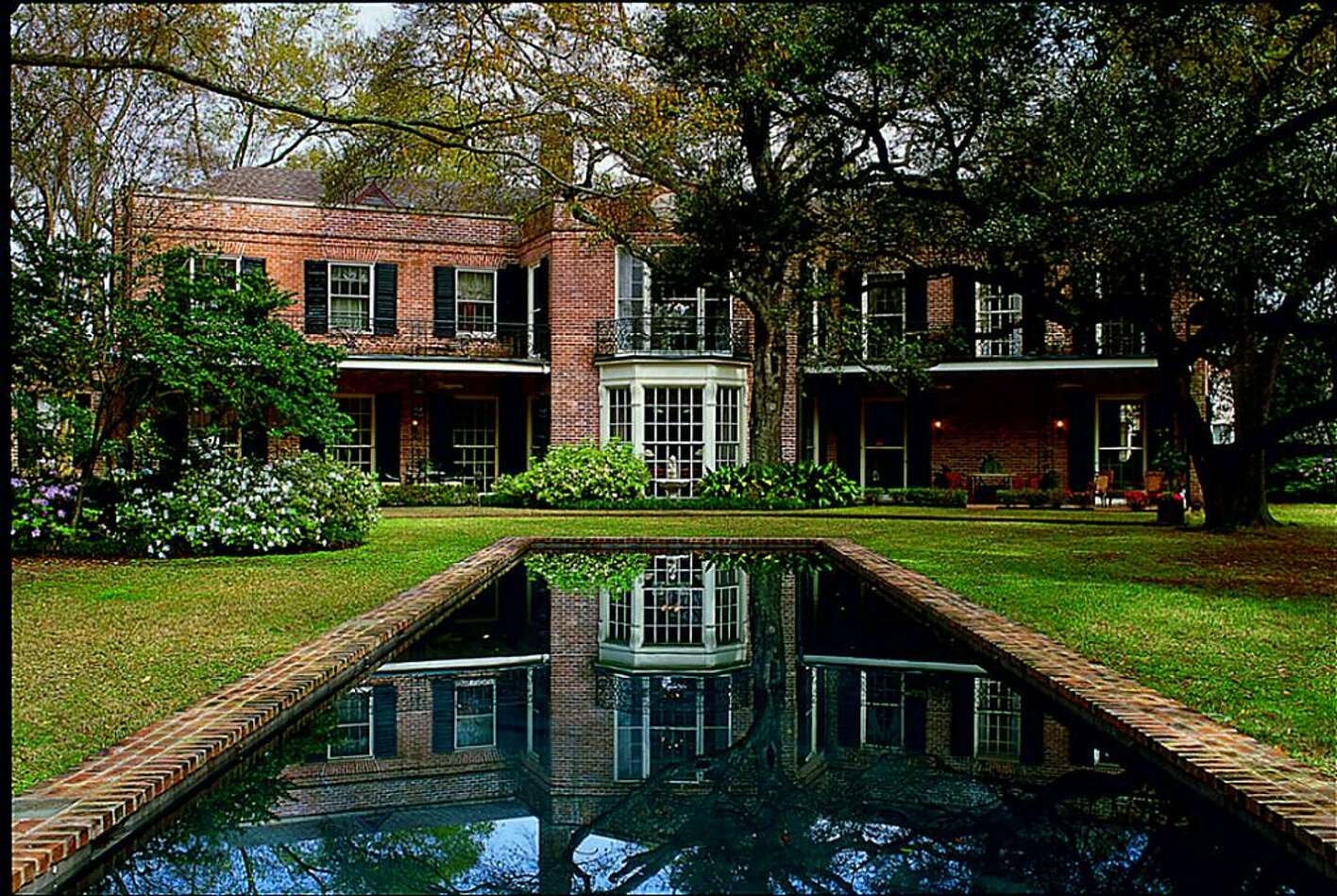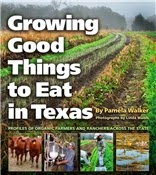 |
| John Staub estate in Shadyside |
 According to Stephen Fox's The Country Houses of John F. Staub (TAMU Press, 2007), the answer lies in Staub's conscientious effort to mold a sense of elitism in the very architectural design of each house. The understated elaborateness of each home's details and finishes gave them just as much a concrete flavor of sophistication as did the thoughtful consideration given to site location and spatial organization. Constructing a very perceptible awareness of upper class identity in the features and spaces of his houses not only fashioned a feeling of belonging for the emerging American patrician class, but also allowed Staub to function as the authority of taste and style in the greater Houston area.
According to Stephen Fox's The Country Houses of John F. Staub (TAMU Press, 2007), the answer lies in Staub's conscientious effort to mold a sense of elitism in the very architectural design of each house. The understated elaborateness of each home's details and finishes gave them just as much a concrete flavor of sophistication as did the thoughtful consideration given to site location and spatial organization. Constructing a very perceptible awareness of upper class identity in the features and spaces of his houses not only fashioned a feeling of belonging for the emerging American patrician class, but also allowed Staub to function as the authority of taste and style in the greater Houston area. So it seems that every single building element within and outside these estates, no matter how subtle, contributes both to their beauty and current market value, even decades after they've been built. All of these architectural attributes possess their own John Staub signature of minimal elegance organically cast to fit the upper class. To own any of these houses would mean to hold on to a piece of the historic past uniquely designed by John F. Staub.
-L. G. Miranda













